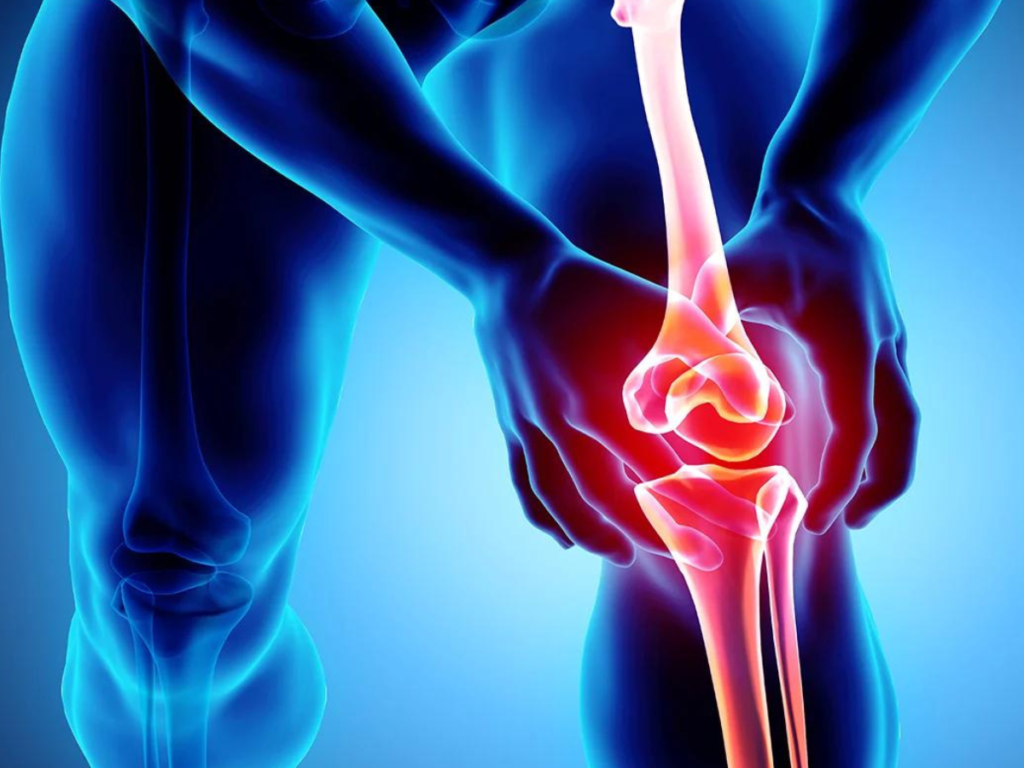
Osteoarthritis (OA) is a common joint condition that affects millions of people globally. Dr. Saurabh Giri, a renowned specialist at Helios Orthojoint, the best clinic in Pimple Saudagar, Pune, provides expert insights into the causes and latest treatments available for OA. With the right knowledge and care, managing OA becomes more effective and less daunting.
What is Osteoarthritis?
Osteoarthritis is a degenerative joint disease characterized by the breakdown of cartilage, the cushioning material at the ends of bones in your joints. This breakdown leads to bones rubbing against each other, causing pain, swelling, and reduced mobility.
Underlying Causes of Osteoarthritis
Age: The risk of developing OA increases with age due to the wear and tear on joints over time.
Genetics: Family history can influence the likelihood of developing OA, with certain genetic factors making cartilage more prone to breakdown.
Joint Injury: Previous injuries, such as those from sports or accidents, can heighten the risk of OA.
Obesity: Excess weight puts additional stress on weight-bearing joints, accelerating cartilage breakdown.
Repetitive Stress: Jobs or activities that place repetitive stress on particular joints can contribute to OA.
Bone Deformities: Some people are born with malformed joints or defective cartilage, increasing the risk of OA.
Other Diseases: Conditions like diabetes, rheumatoid arthritis, and other metabolic disorders can elevate the risk of OA.
Symptoms of Osteoarthritis
Pain: Aching and tenderness in the affected joint, especially after activity or at the end of the day.
Stiffness: Joint stiffness, particularly in the morning or after inactivity.
Swelling: Swelling around the joint due to inflammation.
Reduced Range of Motion: Decreased flexibility and movement in the affected joint.
Grating Sensation: A feeling of bones rubbing together, sometimes accompanied by a clicking or crackling sound.
Latest Treatment Options for Osteoarthritis
Medications:
Pain Relievers: Over-the-counter pain relievers like acetaminophen or NSAIDs (ibuprofen, naproxen) help manage pain.
Topical Analgesics: Creams or gels applied to the skin over the joint can provide temporary relief.
Corticosteroids: Injections of corticosteroids into the joint reduce inflammation and pain.
Physical Therapy:
Exercise: Strengthening the muscles around the joint improves stability and reduces pain.
Range-of-Motion Exercises: Keeping joints flexible helps maintain mobility.
Lifestyle Changes:
Weight Management: Losing excess weight reduces stress on weight-bearing joints.
Healthy Diet: A balanced diet rich in anti-inflammatory foods supports joint health.
Assistive Devices:
Braces or Shoe Inserts: These help reduce stress on the affected joints.
Canes or Walkers: Assistive devices can help take the load off painful joints.
Surgical Options:
Arthroscopy: A minimally invasive procedure to clean out the joint.
Osteotomy: Realignment of bones to reduce stress on the joint.
Joint Replacement: In severe cases, partial or total joint replacement may be necessary.
Regenerative Medicine:
Platelet-Rich Plasma (PRP): Injections of PRP, derived from the patient’s own blood, promote healing and reduce inflammation.
Stem Cell Therapy: Stem cells potentially regenerate damaged cartilage and improve joint function.
Emerging Treatments
Biologics:
Monoclonal Antibodies: These target specific inflammatory processes in the joint.
Growth Factors: Proteins that stimulate tissue repair and regeneration.
Gene Therapy:
Research is ongoing into using gene therapy to repair or replace damaged cartilage at the genetic level.
Summary
Osteoarthritis is a chronic condition that requires a multifaceted approach to manage effectively. Dr. Saurabh Giri at Helios Orthojoint, the best clinic in Pimple Saudagar, Pune, emphasizes the importance of combining medication, lifestyle changes, physical therapy, and innovative treatments to improve the quality of life for those affected. Staying informed about the latest developments in OA treatment is crucial for managing this condition and maintaining joint health.
Remember, it’s essential to consult with healthcare professionals like Dr. Giri to develop a personalized treatment plan that addresses your specific needs and conditions.




